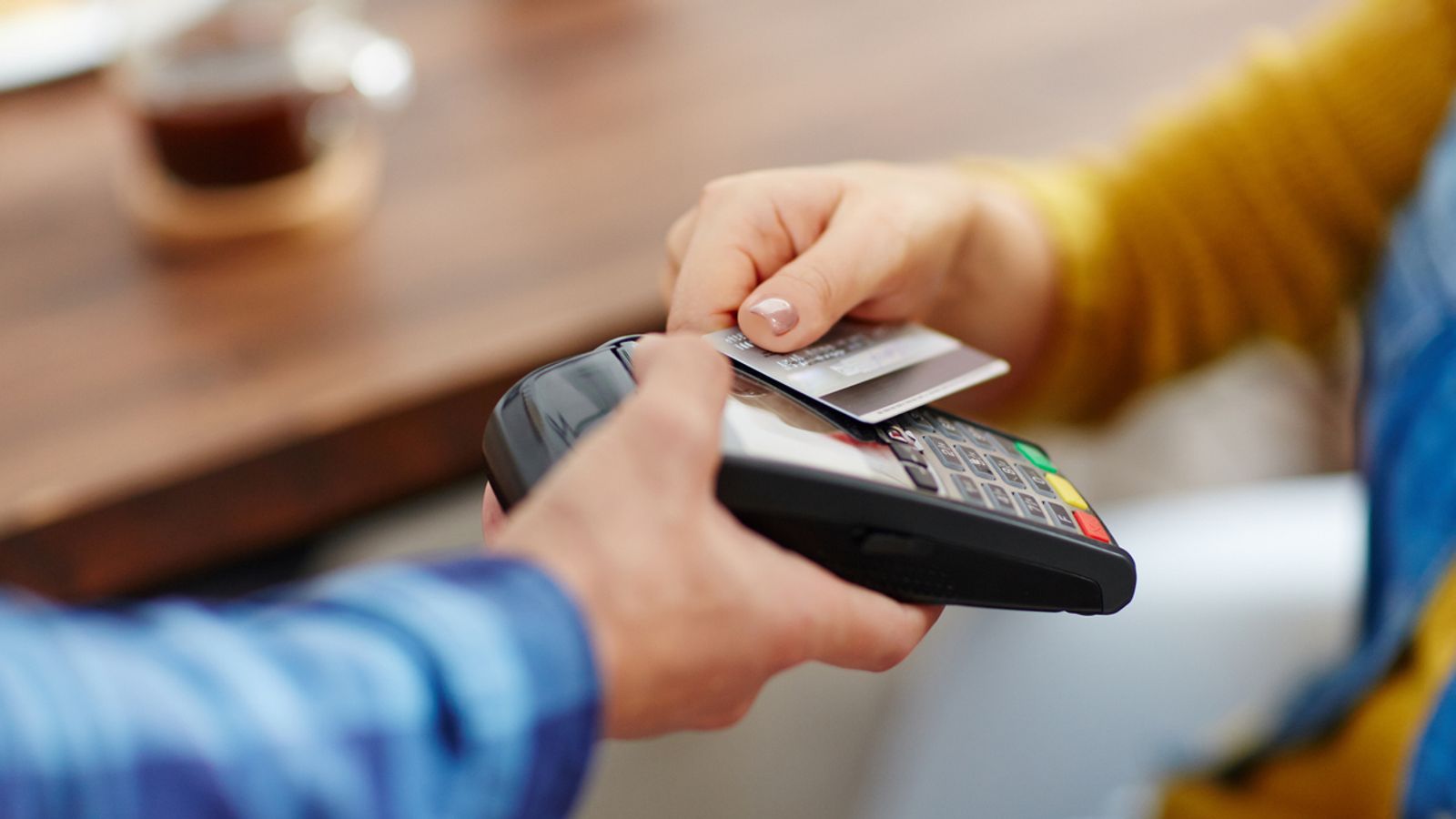The contactless card payment limit has increased from £45 to £100 from today, a move which has raised concerns about the risk of fraud.
Age UK warned that raising the limit could increase the potential for fraud, putting some older people off using bank cards to pay for goods and services.
“As the banks and some shops try to encourage people to use less cash, it’s important that they take proactive steps to help to boost people’s confidence to use cards as an alternative and to tackle fraud,” Caroline Abrahams, charity director at Age UK, said.
“Both shop and bank employees should be trained to watch out for signs of coercion or abuse, such as unusual spending patterns, and be prepared to sensitively raise the issue with their customers when they believe it’s the right thing to do.”
Several banks will also allow account holders to set a contactless limit of less than £100 or turn it off altogether.
Despite the increased limit, many retailers’ terminals will need to be updated so for some the option will not be available immediately.
It may take “days, weeks, or even months” for some retailers to make the necessary changes, according to the British Retail Consortium (BRC), so for the time being customers will need to check with individual stores.
The increase marks the fifth time the limit has gone up after it was initially set at £10 in 2007.
It was raised to £45 in April 2020, in the early months of the first national lockdowns when some shops restricted cash transactions.
Between January and July, 60%, or 6.6 billion payments, of debit and credit card transactions in the UK were contactless, according to trade association UK finance.
UK finance figures indicate that in 2016 just 7% of all payments were made using contactless cards.
By 2018, this had increased to one in five and last year, over 25% of all payments were made using contactless cards.
A Financial Conduct Authority spokesman said the rules have been changed to help the industry continue “to respond to the changing ways in which people prefer to pay”.
He said: “Available fraud rate data suggests there to be no significant increase in contactless payment-related fraud since industry increased the limit to £45 in April 2020.
“What’s more, we have seen no material increase in fraudulent transactions in other countries where the contactless limit increased to the equivalent of £100 or above.”
UK Finance said people should always contact their bank immediately if their card is lost or stolen or they notice any strange transactions on their account.
Follow the Daily podcast on Apple Podcasts, Google Podcasts, Spotify, Spreaker
Under fraud protection rules, people can claim a refund if someone else makes an unauthorised payment from their account and cards also have an in-built security check so that, after a certain amount of contactless transactions, customers will need to enter their pin.
Gareth Shaw, head of Which? Money, said: “While paying with contactless offers great flexibility and convenience for many people, some may be wary about the significant increase – so it is encouraging to see some banks allowing customers to set their own contactless limits from as low as £30.
“These changes may make contactless cards slightly more attractive for fraudsters, but encouragingly the risk of being defrauded via a contactless card remains low and if a fraudster does use your card details then your card provider should reimburse you. Consumers should be able to feel confident using them.”

